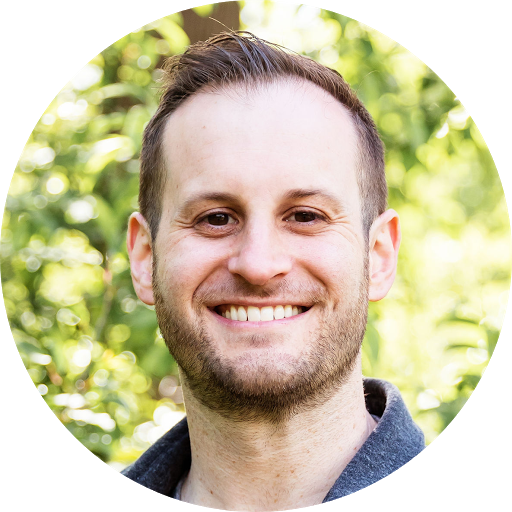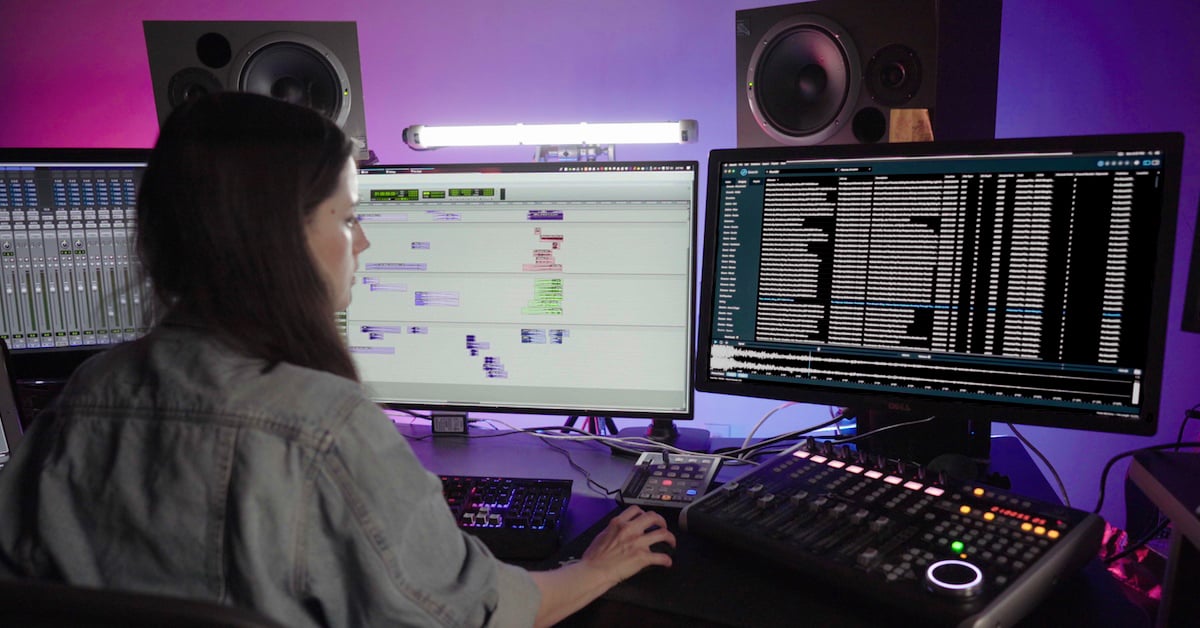The old saying goes, “Hindsight is 20:20.” Poppycock! We say 2020 is for foresight!
It’s amazing that we’re about to turn the page on the 20-teens already. Seems like just yesterday I needed to connect to my hardware interface via Firewire 400 cable just to be able to load Pro Tools 7.4. Now it’s common practice to pack an entire professional rig in a bag.
In a decade where the audio industry has exploded and grown so much, we wanted to take a peek at where things stand today for the better, for the worse, and what can help us to push the industry forward into 2020 and beyond.
We asked 10 incredible pros from various corners of the audio industry to weigh in with their thoughts, including Oscar, Emmy, Golden Reel, and GANG award winners alike. Here’s our esteemed panel:
|
|
Mark Mangini | Supervising Sound Editor Mad Max: Fury Road, Blade Runner 2049 |
|
|
Paula Fairfield | Sound Designer, Eargasm Inc. Game of Thrones, LOST |
|
|
Tim Nielsen | Supervising Sound Editor, Skywalker Sound The Dark Crystal: Age of Resistance, Moana |
|
|
Ana Monte | Founder, Delta Soundworks Spatial/3D Audio for AR/VR |
|
|
Mark Kilborn | Audio Director Call of Duty, Forza Motorsport |
|
|
Michael Coleman | Founder and Filmmaker Soundworks Collection |
|
|
René Coronado | Lead Sound Designer, Dallas Audio Post Host, Tonebenders Podcast |
|
|
Greg Chin | Artist / Producer, Murk, Oscar G Audio Product Evangelist, Avid |
|
|
Enos Desjardins | Sound Designer & Supervising Sound Editor Close, Black Mirror |
|
|
Karol Urban | Re-recording Mixer President, Cinema Audio Society |
What’s an artistic or technical trend you’re hearing today that you love?
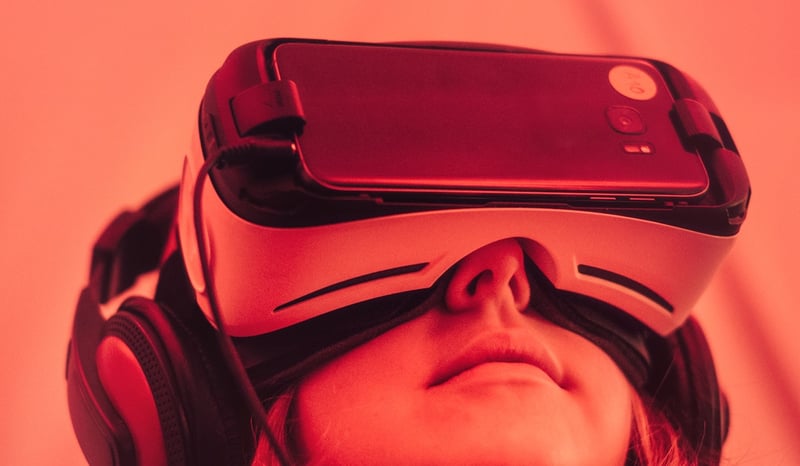
Mark Mangini: I like that sound artists are seeing themselves more as creative collaborators with their filmmakers and being accorded greater respect and acknowledgement because of it. They see the value of telling stories with sound and are rejecting categorization as technicians. I like that we are being engaged earlier in the filmmaking process and are contributing in the preproduction, production and editing phases of filmmaking. Technically, I think the immersive audio tools and mixing environments we can leverage to tell our sonic stories are really great. They are moving the needle, if you will, when it comes to audience engagement and suspension of disbelief.
Tim Nielsen: I think in general that the streaming services are investing more into quality sound on the delivery end. Atmos, high bitrates, more streaming in surround. Also interesting new technology for speakers and sound bars, and immersive sound from sound bars. As the theatrical experience seems to be moving for many people into a living room experience, increasingly the quality for the home viewer is a great step.
Ana Monte: Since I work in the world of immersive media such as VR, AR, MR and all the other R’s :D I love how spatial audio is becoming more and more known. The workflow has become much better than 3 years ago. There’s still a long way to go but it has come a long way for sure. The spatial audio community is also very tight and we all help each other out. I think this is helping things move along faster since the community is very active.
Mark Kilborn: I feel like the mix is getting more attention than ever before in games, and that's supported by more resources on current gen platforms. The schedules aren't really improving, but the tools we have at our disposal and the ability to craft the mix as we go through development are definitely helping us to spend more time thinking and executing a mix that best supports the experience.
Artistically I've been hearing more and more games that are trying to do interesting things beyond just "make a cool sound for these mechanics." Games like Inside, Control, Shadow of the Tomb Raider, and others are clearly putting more thought into the aesthetic they're shooting for, and trying to make something that supports the game on an emotional and storytelling level, not just a mechanical level.
Paula Fairfield: Immersion. I’ve waited my whole career for this technology. It’s still young and gangly but its exciting.
René Coronado: I love the depth and complexity of the foley I've been hearing lately. Lots of the TV i've been watching lately like Dark Crystal and Mindhunters are just littered with top shelf foley and its a joy to listen to.
"I like that sound artists are seeing themselves more as creative collaborators with their filmmakers and being accorded greater respect and acknowledgement because of it."
— Mark Mangini
Enos Desjardins: As someone coming from a musical background I have always enjoyed crossing the lines in my sound design and using sound effects in a musical way be it in terms of rhythm, texture or tone. So it has been very satisfying to see artists like Jóhann Jóhannsson (Arrival) or more recently Hildur Guðnadóttir (Chernobyl) doing this and bringing it to the attention and praise of a global audience! I love this grey area where sound design and music can co-exist or be interchangeable.
Greg Chin: As an electronic music musician, I've personally been loving the rise of using external synthesizers and drum machines, capturing performances in the DAW. Particularly the rise of modular synthesis.
Michael Coleman: Spatial audio is being embraced by many new platforms including mobile and VOD services and it’s exciting to see the format become supported so widely.
Karol Urban: I’m delighted with the trend of increased attention and investment in sound happening on the small screen. There is a new school of episodic programming and non theatrical films that have raised the bar to meet a level of detail and quality that previously had only been associated with theatrical features. The creative sonic investment and results on many of these higher quality television / streaming programs is nothing short of inspiring.
What’s an artistic or technical trend you’re hearing today that needs to stop?
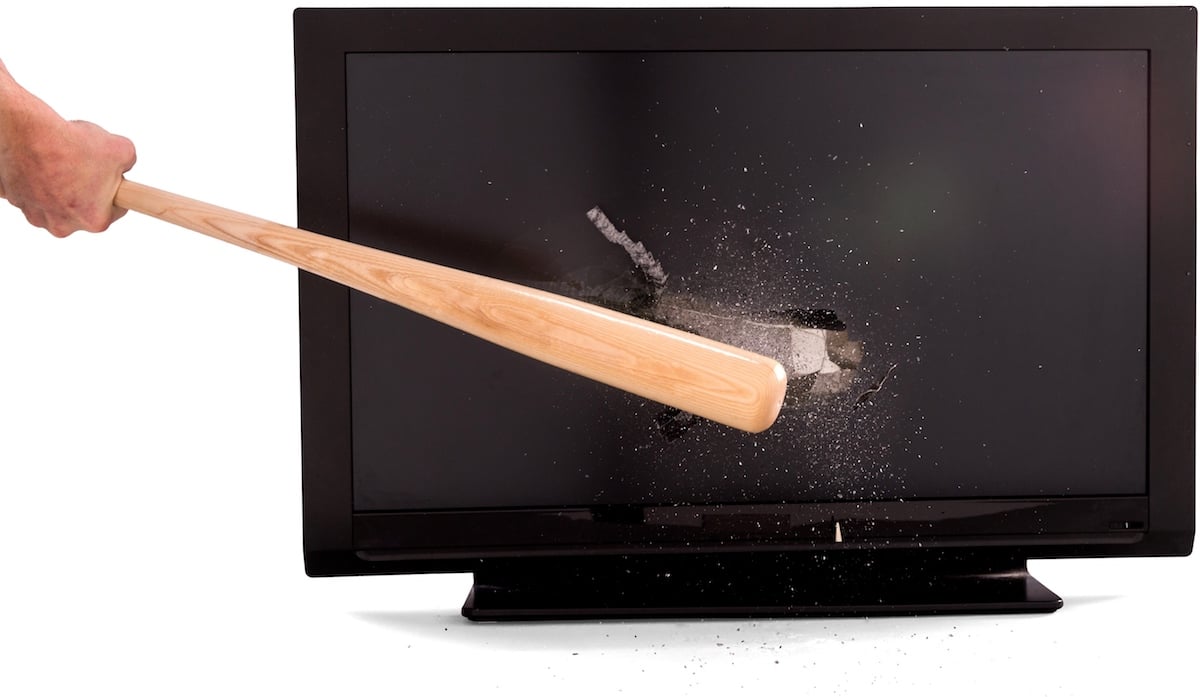
Mark Mangini: Movies sound pretty great these days. It’s hard to say there’s an endemic problem creatively. Let’s stop using the Wilhelm, that’s a good start. Not clever or “inside” anymore. Not so much a trend as an attitude might be developing an approach to sound whereby ones default position is to eschew tropes and sound cliches. That’s a good attitude to take. Perhaps embrace the idea that not doing something is a creative choice. Less is more?
Tim Nielsen: I’ve heard too many bad examples of how NOT to use immersive sound. Just because you now have object based sound, and overhead speakers and rear-subwoofers and all of this new technology, doesn’t mean you should be using it constantly. I read a review of a show I recently finished, and while they were complementary, they basically seemed to be criticizing me for not using the surround and Atmos height channels constantly. People who have installed all these speakers in their living rooms tend to want to HEAR them constantly. But the show should, must dictate the creative choices of the mix.
Mark Kilborn: Mix changes that draw attention to themselves. Some games use ducking aggressively and it's just distracting. Some games also seem to struggle with focus. They either don't focus on anything sonically, or they focus on things that are just confusing. Distance shouldn't be the only metric to consider when deciding what should be up front in the mix of a game.
Paula Fairfield: The misunderstanding of what sound design truly is and what we as sound designers need to succeed. Especially by the studios who seem to think it’s fine to invite a sound designer to work on something, insist they work “on the lot" and then shove them in a crappy room and expect them to make magic on the spot. Sort of like asking a composer to do the same, which no one would ever do to a composer.
René Coronado: I don't get driven crazy by much. Sometimes I get taken out of things when I hear a sound that I know where it came from, or if that sound gets used to death. They use the same door over and over again on a show my wife watches and that takes me out of that one.
"I truly believe that people do their best work when they have a balanced schedule that doesn’t ignore the importance of sleep and healthy work hours."
— Michael Coleman
Enos Desjardins: The fact that audiovisual art and/or entertainment is consumed so heavily on devices with often terrible sound and the effect that has on how we mix or deliver some material is a bit sad. It’s a reality we have to cater for but it does mean that the much enhanced listening environment of a cinema is lost and the quality of work and detail that can be perceived in such a space gets lost too.
Greg Chin: It's not new, but certainly pervasive... the continued use of over compression to give the perception of an audio signal being much bigger than it actually is, or should be. It's quite lazy and boring at this point. Let's have some dynamics folks!
Michael Coleman: "Working late hours and not having time to rest or spend time with your family is OK and part of the job." Crunch timelines are hard to avoid when finishing up a project, but open communication with the production team will help alleviate the added stress and hopefully allow for stronger collaboration. I truly believe that people do their best work when they have a balanced schedule that doesn’t ignore the importance of sleep and healthy work hours.
Karol Urban: Inversely, while there are new heights being reached on the small screen, an unprecedented amount of scripted media is flowing in and there is an avalanche of media that simply does not perceive the work that a sound department can achieve as a narrative device. Temp love runs deep and the workflows of many projects see the sound process as a way of making what they created legal, cleaner, and technically correct. It's a real disservice to any project to exclude creative professionals from contributing their expertise.
What’s one technology that you think could change the way your work is done over the next 5 years?
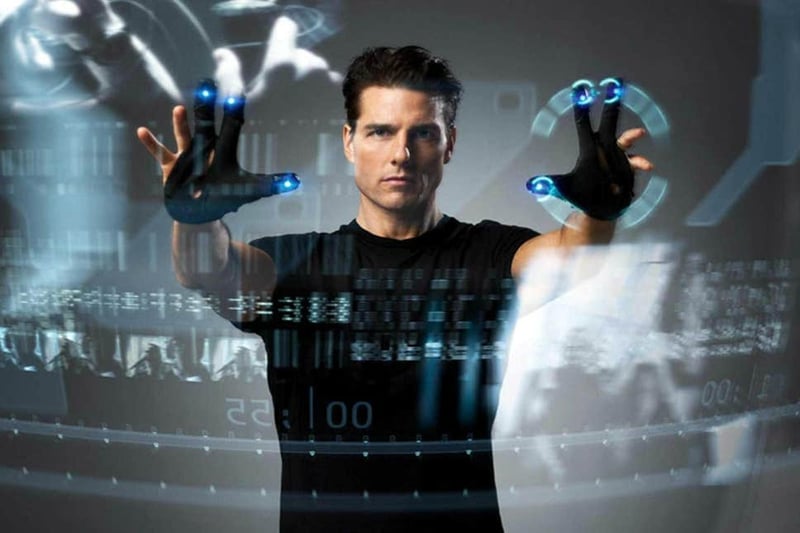
Mark Mangini: A technology that does picture changes/conforms really intuitively and accurately. There are a number of smart software packages that do a pretty good job but I’ll be impressed the day I can open a session that’s cut to an old version of picture, run the program, and play the session and it’s perfect. That’s gonna require some serious machine learning and AI but maybe it can be done. Conforming audio to re-editied picture is a budget and creativity drain that, if fixed, immediately puts time and elegance back into ones track.
Probably the other would be an intelligent Voice de-noiser for dialog. iZotope notwithstanding (which I can’t live without) I want a tool that understands what a voice should sound like and takes out anything that isn’t it. It would require some intelligent voice modeling and, likely vocal synthesis to recreate waveforms that don’t exist but, hey, we sent a man to the moon.
Tim Nielsen: The one that will probably impact us most will be the faster turnaround times to put a show on air. We always joke that someday we’ll be final mixing the last reel of a movie while the first reels are playing live out to the theaters. So I fear that our schedules will continue to get more crunched, that we’ll be delivering content right up and so close to the delivery. I don’t think this is a good thing by the way!
Ana Monte: A big game changer for me has been the Dear Reality Spatial Connect, where you can connect your game engine and DAW to mix directly in VR. When mixing, it’s important that you mix things directly in the medium where it will end up. In the same way you don’t want to mix a movie on a laptop that will end up on a movie screen, you don’t want to mix a VR experience on a flat screen. So being able to mix directly in VR helped a lot in terms of spatialization and is also a lot of fun. Instead of sitting on your desk, you can move around and mix using controllers while standing. The next step would be to track your hand movements so that you can mix just using hand motions and don’t even need controllers any more. I hope the guys in Düsseldorf have thought about this… hint hint ;) I also think AR tools will help a lot with productivity in the near future and then we can all mix movies like Minority Report. :D (Editor’s note: Minority Report rules).
Mark Kilborn: Ohhh it's hard to pick one. More processing cycles, and the ability to do frequency-based manipulation of the mix at runtime. Being able to apply EQ curves to buses of sounds dynamically rather than simply ducking everything. Some people are already starting to do this, but it's not as widespread as it needs to be.
Technologies like Microsoft's Triton presentation at GDC a couple of years ago, which was a clever implementation of a voxel-based lookup table system for reverberation settings and propagation pathing. Tools like this will help us make our mixes more immersive.
Paula Fairfield: Immersion and the developing [immersive] tools.
Enos Desjardins: I’d say that tools that speeding up and making more seamless some of the more technical processes of sound post could have a big impact. On many features, especially bigger ones, so much time and effort is spent on keeping up with new picture versions and recuts. If this time was used focusing more on the actual design work and on experimenting how best to support the story we could see even more impressive uses of sound in films in the future. Also, I’m quite excited about new developments like Soundminer 5’s new Radium sampler station. I’ve been playing with it a bit and its really a cool sandbox space for design and controlling of pitch curves, layering and re-introducing the idea of performing sound fx to picture in a way.
René Coronado: I think machine learning will continue to push boundaries forward. Already Izotope is using machine learning to help with dialogue isolate and the deconstruct modules I use everyday, and I think in the future auto-transcription and autotranslation will start to be implemented as well. Ideally the 'find similar sound as' type of algorithm will also start to come more into play.
Greg Chin: The continued development of cloud technology. From storage, backup, archive, and collaboration will continue to evolve.
Michael Coleman: I’m interested to see how fiber internet speeds with cloud storage changes collaboration. I hope to eventually have all my files on a secure server that can be accessed anywhere so that I can work more easily with my creative teams.
Karol Urban: I foresee a need and growth in security managed networking. Currently, as security ramps up for the traditional networks, streaming distributors, and movie studios we have taken a step back in efficiency in many ways. I see a need for a technology that can ensure security for precious content while expediting workflows. I think in 5 years a new technology will facilitate this. If I were in the technology development business, this would be what I would be working on.
What’s one thing that could hold the industry back if it doesn’t get better?
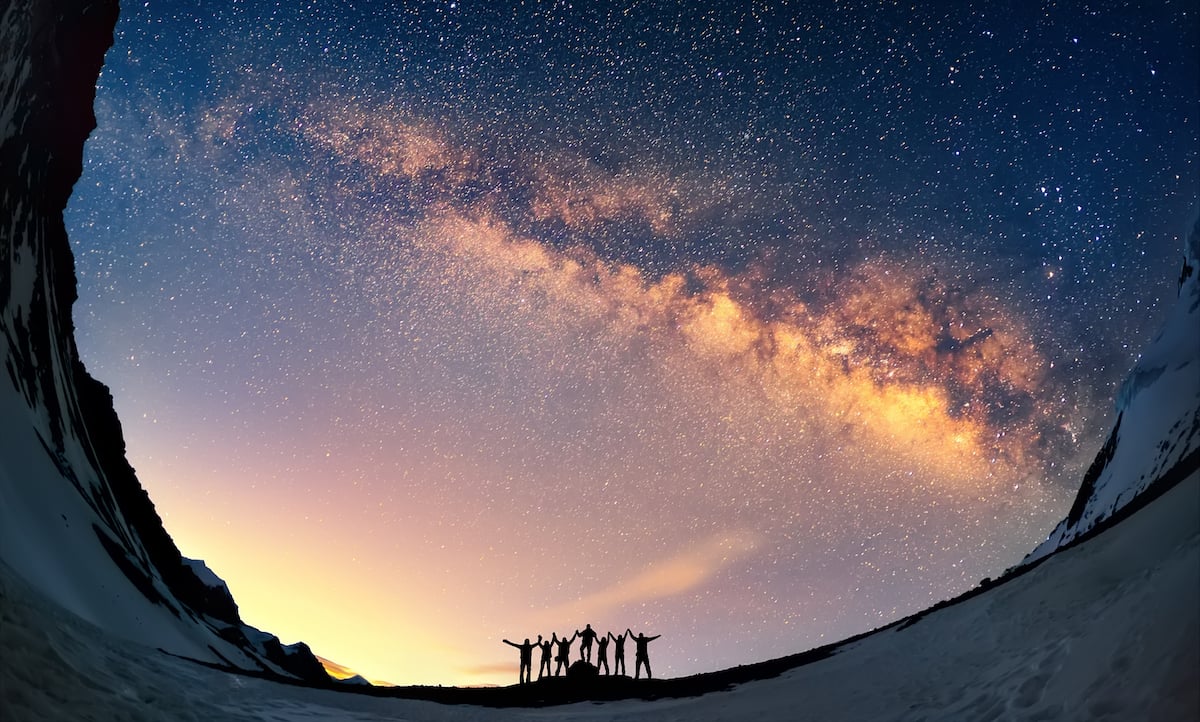
Mark Mangini: The persistent belief that movies are just as enjoyable on a mobile device as in the theater. Sound is such an important part of the theater experience and, clearly, marginalized on our devices. How do we re-invigorate the public’s interest in the value that the cinema experience brings to the enjoyment of a film and how good sound plays a role in that?
Tim Nielsen: The content itself. We’re in a period of a streaming war. Or should I say a content war. All of the services are striving for viewers, and I fear that quantity may win out over quality. There are so many shows being made, and so many of them are just not good. And as more and more shows are made, the costs keep coming down for each of them. This is a bad trend, and can only hurt the industry as a whole.
Ana Monte: The biggest problem for now with immersive media, is that we still don’t understand the story-telling element completely. It’s a medium that “swims” between game and movie and no one has been able to fully grasp it. I fear people will watch YouTube 360 videos and think “ah, this is VR? Nah, it’s a waste of time”. But all these new formats offer so much more potential than just 360 videos! The challenges of storytelling to begin with, is even greater than all the technological challenges which are evolving at the speed of light and that’s what we must tackle. Because it all starts with a good story!
Mark Kilborn: We have a serious talent problem. Older, more experienced game developers are getting burned out or having trouble finding jobs because of work environments that aren't as friendly to the needs of families, or are just stressful and difficult in general. There are lots of opportunities in the indie space for younger game audio folks, but not as many with bigger developers where they can be mentored by more experienced sound folks. This is creating a knowledge and skill gap: we're losing some of our older, wiser sound folks, and we're not investing enough in our younger folks. I don't know what the solution is to this, but it's a very real problem.
"Things are looking slightly brighter now with the demand for sound professionals due to all the new content being created... But we have to stand together to ensure we keep up our value in terms of what productions budget towards our work and make sure that correct funding and worth is given to our contribution to film."
— Enos Desjardins
Paula Fairfield: Inclusion. Making more room at the table for more voices, especially women.
René Coronado: I think the whole racism and misogyny thing has been holding the industry back forever, but it hasn't been alone in that. There are some good spaces that are out there though.
Enos Desjardins: Climate change related disaster could hold a hell of a lot of things back if it doesn't get better. But the question might be more aimed at industry related things so will answer with something else. One of the things that we have been seeing over the last 5-10 years especially is the depreciation of our work in terms of rates and fees. Things are looking slightly brighter now with a heavy influx of added demand for sound professionals due to all the new content being created by platforms such as Amazon, Netflix, etc... But we have to stand together to ensure we keep up our value in terms of what productions budget towards our work and make sure that correct funding and worth is given to our contribution to film.
Greg Chin: I believe it's up to us [Avid], as technology providers to create parity between the technology available to our users and the ability to use it and harness it, squeezing as much possible and efficient performance, as possible. Perhaps "parity" isn't the right word...maybe "balance". But, you get the idea.
Michael Coleman: I think we need to have more opportunities for sound apprenticeships and mentorships that would help give upcoming talent more experience in the real world working environment. The best way to learn is under the guidance of seasoned veterans and currently it is hard to know when people are looking to bring on interns and support their career development.
What professional foresight do you wish you had 5 years ago?
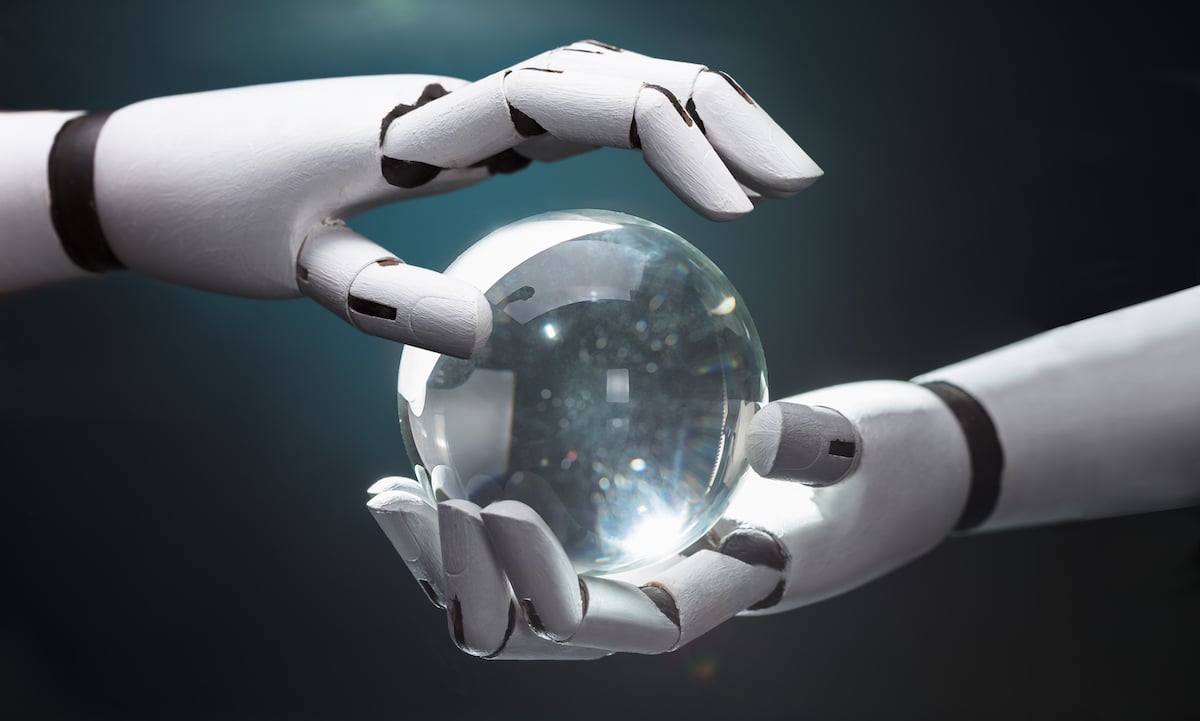
Mark Mangini: The same foresight I’ve forgotten to have all my career: trust my instincts, be true to myself and my creative ideas, and share them with my filmmakers.
Tim Nielsen: To have invested in Netflix stock :) I’m not sure anything that is happening now wasn’t clear even 5 years ago. Back then we were already talking about this streaming model taking over, and I think we’re now fully experiencing that. Technology is always changing, and always will. There will always be ways to do things faster, but I’m not sure that will ever translate into ‘better’. In fact the opposite is probably true. Rushed jobs usually sound like rushed jobs. You often need time. Time to let yourself sit with the project. Time to experiment and play. These things are very much a luxury in this current mode of content creation I fear.
Ana Monte: I wish I knew more about the importance of the business side of things. For creatives, the artistic side is something that comes easier than the business side where you need to deal with contracts and negotiate projects and wages. I wish this was something taught more in college because it’s a huge part of our everyday work life.
Mark Kilborn: I wish I'd branched out sooner creatively. I learned a lot in twelve years of working on first person shooters, but I wish I had done more varied things. I'm doing it now, and I'm having a lot of fun, but creatively I was stagnant for a while and I didn't realize it because I was just surviving from ship date to ship date.
René Coronado: It’s ok to record even more than I already do.
Enos Desjardins: Maybe I wish I would have explored the world of immersive audio more in terms of VR, Ambisonics, etc... Not that I do much work in that area but maybe I could be if I had delved into that aspect of audio a bit more.
On a different note, I would also say that I wish I had understood the importance of balance in regards between work and life (non work). The importance of physical and mental rest as well as time with your loved ones and time away from work living experiences is so important not just in terms of what they are but even in terms of how they positively feed into your work too.
Greg Chin: The importance of metadata for all. This has become an important piece of the audio creation puzzle.
Michael Coleman: Never be afraid to turn down a project or gig if they don’t have the budget that covers the time needed to complete a project to your standards. It’s better to say no, then work for free or less then your talent and time is worth.
Karol Urban: It would have been useful to know how quickly Atmos would be embraced by the television and streaming studios and how well it would become integrated into ProTools. Initially, the technology was seen as a film sound device. But streaming capabilities and integration of Atmos capable systems in private homes have really made this technology a tool that can be embraced by all methods of media distribution. That being said, I was very lucky to play with Atmos very early on and to research its technology in the beginning. Direct ProTools integration was really revolutionary to me as a technology user.
What are you working on now? Plug something!
Mark Mangini: I’ve been experimenting with Ambisonic recording for production sound and post production use in movies. On the film I just finished we put out a 1st order mic (courtesy of the great Steve Morrow) during shooting to capture sync immersive audio for anything that wasn’t a two-shot or CU. These recordings became bedrock for all the boom/lav audio to sit on top of and give “space” and geography to. When it came time to do the ATMOS mix, we simply decoded them to 7.0.2 and had overheads that were actually what the audience would have heard…from above (not that I’m a fan of the overheads, but we did it). During the basketball games, all the crowds were made from these production Ambisonic recordings. There is an incredible immersive feel to them that is very authentic as the extras were all allowed to cheer and shout and chant, etc. This created a credible level of verisimilitude that couldn’t have been achieved with either library crowd effects or mono/stereo wild tracks.
Last year I recommended we do the same for a documentary I’m working on about Kobe Bryant. During the games, the DP had an Ambisonic mic on top of the camera instead of the typical mono shotgun. He told me after the shoot that, being able to hear panoramically (i.e. left and right in his headphones) allowed him to more quickly react to get a shot that was happening off camera because he could hear where it was coming from. Couldn’t do that with the traditional mono mic on top.
Tim Nielsen: We just finished The Dark Crystal: Age of Resistance for Netflix. It’s quite a ride!
Ana Monte: We just finished up production for a VR experience where you can explore Germany’s biggest cave system: Check it out. The download is free but it’s unfortunately only in German for now!
You can also check out our 3D audio demo on youtube if you’ve never experienced spatial audio before. Be sure to use headphones!
Mark Kilborn: My primary project is due out in a couple of years, and I'm very excited about it, but unfortunately nothing has been announced so I can't talk about it at the moment. I'm working with a group of friends on some other initiatives that I'm excited about though: educational, sound libraries and more. Right now I'm the most excited I've been about work in a very long time.
Paula Fairfield: I'm working on an on-going immersive sound composition called Ocean of Tears, a sound poem about grief. I premiered a sliver of a work-in-progress this summer in London and hope to present the entire work next year.
René Coronado: Go listen to our podcast at tonebenderspodcast.com.
Enos Desjardins: Currently getting near to commencing final mix on an indie feature I have been supervising and designing for the last few months. Have spent the last few weeks receiving work in progress cues from the composer which I drop into my main session and see what kind of design ideas it conjures. Then I send those design bounces back to him and hopefully affects the progress of that cue too. For once, enough time to nicely collaborate this way and have music influence the sound and vice versa.
Greg Chin: As an artist, I'm really excited that my new home studio is now built and I can get back to work on my new album!
At Avid, we have been laying groundwork with our last few releases, to help prepare for a really exciting roadmap that's going to touch so many of our users, from music creators, post engineers, and others.
Michael Coleman: I recently finished a year long documentary project about the newly released THX Deep Note Trailer.
Karol Urban: I would like to plug the community. My success in Los Angeles and the growth and focused direction in my career is due almost entirely to the generosity and faith of the sound community. I have such a diverse lineup of amazing projects, clients, and co-workers ahead of me this year because folks have allowed me to contribute and invited me to their table. I encourage all practitioners or our craft to reach out and get to know their sound community, your heroes, your contemporaries and even your competition. Being a sound person is life-encompassing. We need each other and grow as a result of our connections, collective discoveries, and achievements. I found my people in the professional organization of The Cinema Audio Society. We are a society of professional production and post mixers. You can learn more about us at: www.cinemaaudiosociety.org


